READY TO GET STARTED?
REQUEST A FREE ESTIMATE
Fill out the form below or call (888) 466-7849 for a free, no-obligation estimate.
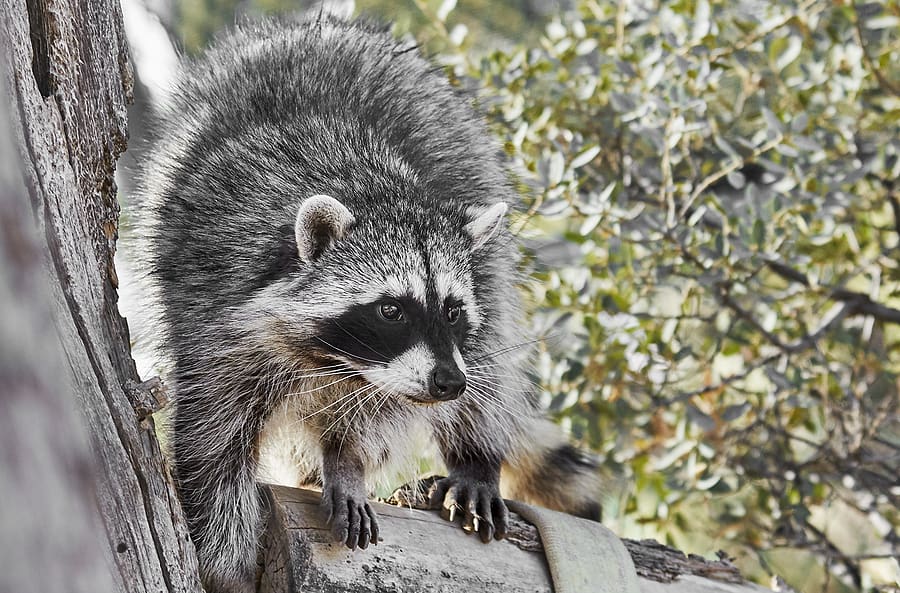
Warmer weather triggers the emergence of animals from hibernation. What many homeowners don’t realize is that wildlife will sometimes take refuge inside your home during the cold winter months. Once the weather starts warming up, these overwintering pests will start waking up and come out in droves looking for food and water. While some wildlife may be harmless, others can cause significant damage to both your home and your health. Some pests leave feces behind that can contaminate your food, kitchen surfaces, and even the air inside your home. Other pests can chew through wood and wires in your attic and walls, putting you at risk for fires.
Some common spring wildlife that can cause issues for homeowners include birds like swallows and sparrows; rodents like rats and mice; bats; squirrels; and raccoons. Birds use eaves, vents, and holes in the roof to make nests. Bird nest removal and bird control is regulated and usually best left to professionals. Rodents are some of the most common nuisance pests, getting inside through tiny spaces and reproducing quickly. Chewing and contamination are huge problems with rodents. While not as common as some of the other wildlife mentioned previously, bats can cause problems for you in the springtime. Bats will usually roost in gable vents and soffits but can also get into your home through the chimney or holes that they can use to access the attic. Larger mammals like squirrels and raccoons can get into attics and chimneys and even crawlspaces and basements. They are some of the most destructive spring wildlife, chewing through materials in your home and leaving behind huge messes.
So what can you do to keep these animals from seeing your home as a safe haven? Check out these tips to help control wildlife this spring.
What to Know About Fleas & Ticks
Commercial Mosquito Control: A No Spray Way for Your Business
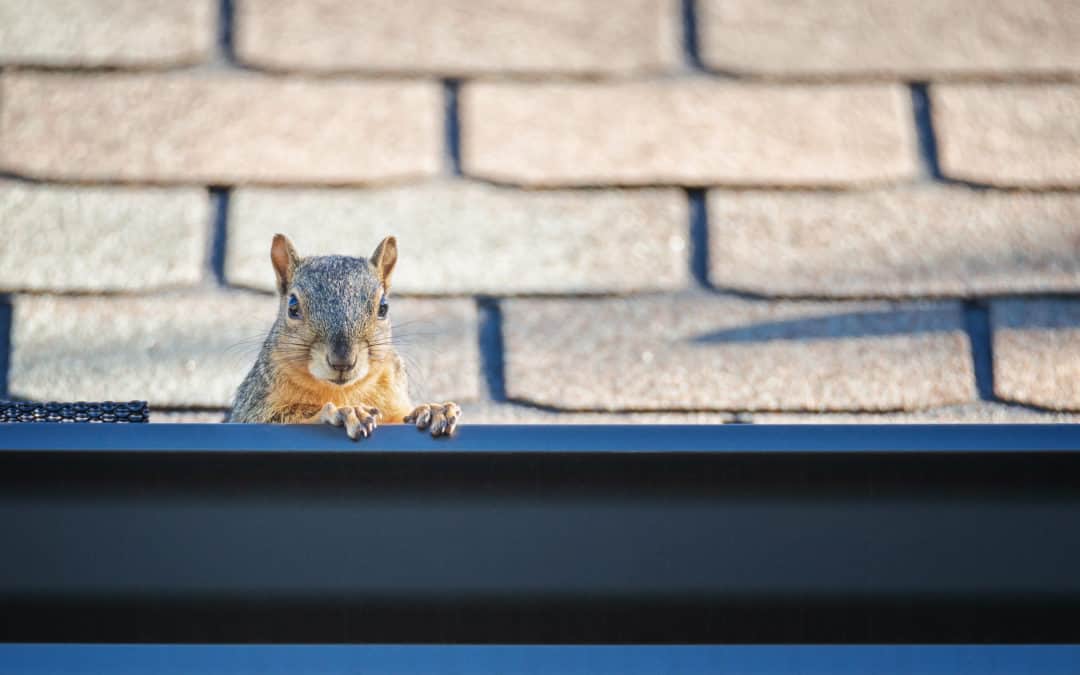
Squirrels are classified as rodents making them distant cousins to other more popular species like rats and mice. Like their rodent counterparts, squirrels can cause damage to your home and spread diseases to you and your family. Squirrels can access your home through small openings such as open doors and windows, down chimneys, through fireplaces, and through holes or openings in roofs or eaves. Once inside, these pests can chew through wires, siding, and insulation, causing costly damage and putting you at risk of fire. To keep these nuisance pests out, here are five ways to deal with a squirrel in your house.
The first step in dealing with squirrels is to figure out where they are getting into your home. Squirrels only need a small opening to squeeze through and once they are inside, getting them out can be difficult. Perform a thorough inspection of both the interior and exterior of your home, checking for holes, openings, and gaps that squirrels and other pests can use to gain access.
Once you’ve identified where the squirrels are getting in, seal it up to prevent them from using it again. If there is no presence of squirrels inside your home, go ahead and seal up ALL of the entry points you find. If there is a squirrel present, make sure to leave one entryway open so they have a way to get back out. Cover this last opening with a single sheet of newspaper. If it is still intact 2 to 3 days after you stop hearing the squirrel, it is safe to go ahead and seal it up. Make sure doors and windows are covered with screens and properly fit to your home. Place wire mesh over chimneys and open vents. Use caulk, steel wool, or other appropriate materials to seal any other openings you find.
Squirrels will often not leave your home on their own, especially if they have already given birth to a litter. To avoid this, try to drive the squirrels out as soon as you notice their presence. Playing loud music or keeping the lights on are both good ways to repel squirrels. If there is a squirrel present, try to avoid the area as you can spook them, causing them to flee to another part of the house, usually causing even more damage.
As a last resort, you can use traps to get rid of squirrels in your home. There are several different types of traps you can use. Live capture traps are a box-type trap that allows you to capture the squirrel alive and then release it outside. These traps have to be checked frequently and some states even require permits to use them. Kill traps are also box-type traps but eliminate the squirrel quickly and safely. Body-gripping traps can be used outside known entry points to capture the squirrels as they go in and out of your home.
As with any other type of pest control, prevention is key to keeping squirrels and other nuisance pests out of your home. The first step, as mentioned above, is to seal up any entry points around your home. Trim any overhanging trees that squirrels and other pests can use to access your roof, windows, and attic. Use traps as necessary.
If you have a problem with squirrels or any other pests, contact a professional pest control company who can help identify the type of pest you are dealing with, find potential entry points, and help prevent future infestations.
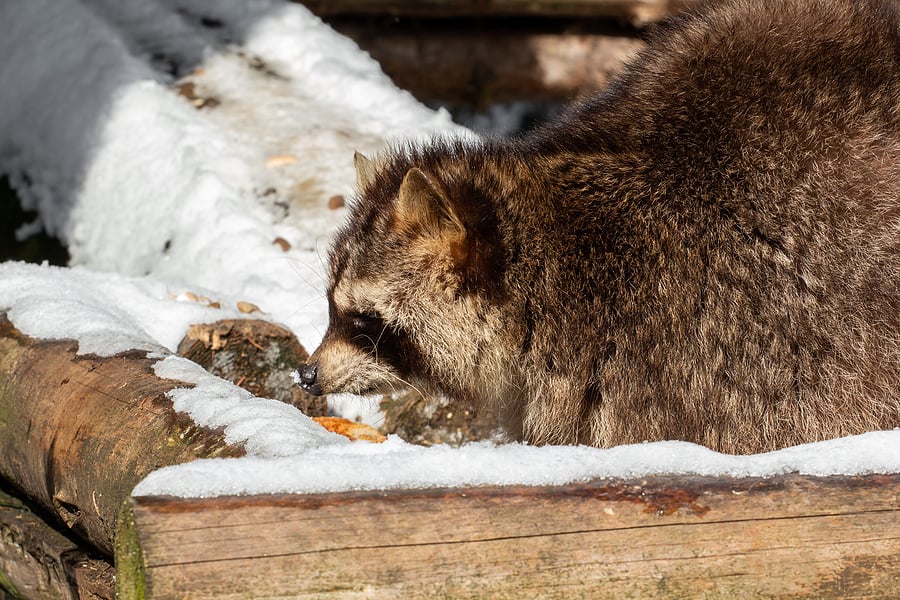
When cold weather hits, winter wildlife go in search of three things: food for their bellies, water to quench their thirst, and warm shelter to keep them safe. When the going gets tough, these winter pests have to get creative in order to survive – often by making their way into your attic, chimney, basement, or crawlspace. While it’s beneficial for them, it can cause serious damage to both your home and your health to have them sharing space with you.
How do you know if you have a stowaway for the winter? Common signs of wildlife include:
Now that you know what to look for, what kinds of animals can cause these signs? Some of the most common winter wildlife include:
Prevention is key to avoiding a winter wildlife invasion. Critter control starts at home with these winter wildlife prevention tips:
Chimneys provide a great hideout and also a gateway for wildlife to get into your home. Make sure the top of your chimney has a grated screen that is in good repair with no holes. Check above the flue panel for any leaves, debris, droppings, or animals before sealing it up. Make sure your chimney is secure.
Small holes, cracks, open pipes, etc. in your foundation provide easy routes for wildlife to get into your home. A careful inspection of your foundations should be performed every season throughout the year. Seal any openings as you find them.
Any tiny cracks or openings in your roof or siding means easy access to your attic. Check the entire exterior of the roof, starting with the intersections and siding. Make sure to also check the flushing seams on the roof. Siding that connects to the roof should not be warped or pulled away. Be sure to check around exhaust openings and for loose vent screens, as well.
Many wildlife critters love to hide out in the attic. Use a flashlight or headlamp and thoroughly inspect this space, checking for openings or chewed up or damaged areas of wood. Seal any holes you find but always make sure the animals are not still present before you do.
Your trashcans offer a buffet of food sources for pests. Use cans with tightly securing lids, avoid overfilling them, and wash the bins regularly to get rid of food waste.
Branches and limbs offer squirrels, raccoons, and other creatures a bridge directly into your home. Keep trees and shrubs trimmed away from the house. Prune shrubs to keep them at least 12″ from the sides of your home. Trim any branches that overhang or touch your roof, as well.
Leaving food sources outside your home will just attract wildlife in. Try to avoid leaving pet food outside and tossing scraps or pouring leftover grease in the yard. Pick up any fallen fruit. Protect your gardens with fences that are designed to keep animals out. Clean up any spilled birdseed from feeders and bring them in overnight.
Wildlife control is an ongoing process that needs special attention and consideration, especially in the cold winter months. If you have a problem with winter wildlife, contact your local pest control company for an inspection and appropriate treatment or wildlife exclusion plan.
4 Pests That Are Closer Than You Think!
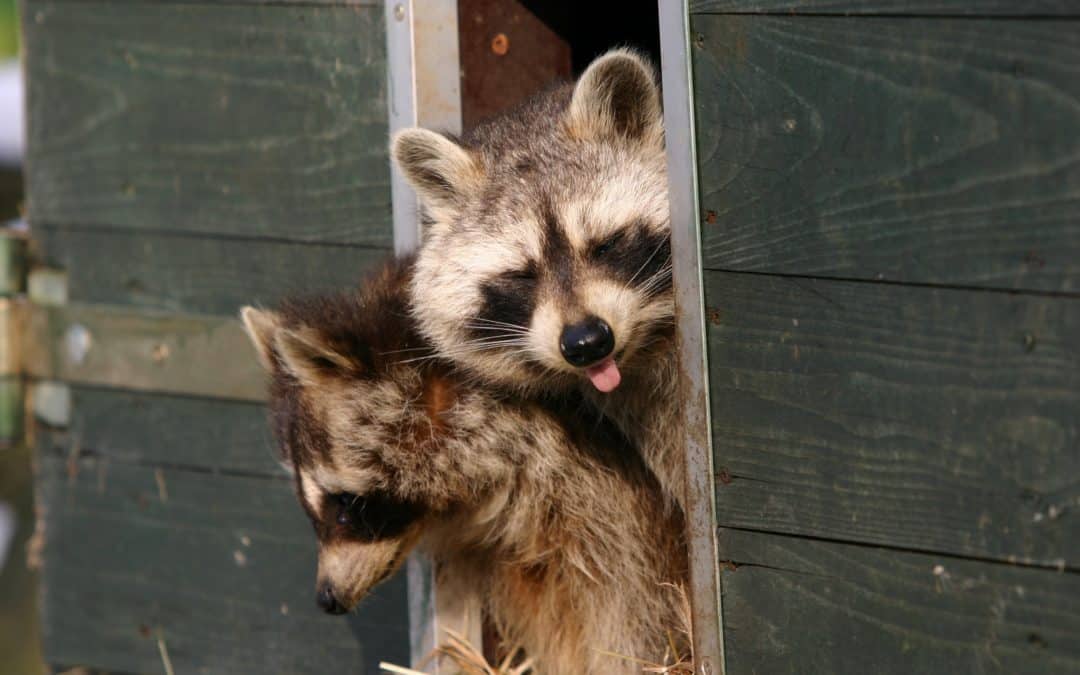
The temperatures have dropped, the warm heat is running throughout the house, and we are all bundled up under a blanket come nightfall. While we enjoy the indoor warmth, the creatures outside could be a bit envious. Most wildlife animals are looking for shelter to keep them warm and provide them with a food source. We breakdown some common wildlife that roam about during the colder months and why they can be harmful to your home and family.
Norway Rats
One common pest encountered in the fall and winter is the Norway rat. These rodents are most active at night, when they begin their search for food and water. They exist in large numbers and are known to produce up to 5 litters per year with an average of 7 babies per litter! If given the opportunity, Norway rats will enter through open holes and gaps leading inside your home. If they gain access, they can be dangerous as they will chew electrical wires, putting you at risk of house fires.
Raccoons
While raccoons can look cute to some, having them destroy your property is not ideal for any homeowner. These animals are talented, capable of using their paws to open doors and lids. They often live in hollowed trees or caves but can also sneak inside the attic and garage to find warmth and food. Once these pests find a food source, they will keep returning to search for more. This can be not only dangerous, as there is potential they could have rabies, but it is also a nuisance as they can cause considerable damage to your roof or inside the home.
Squirrels
Squirrels spend most of their time in trees foraging for food. While these animals might look harmless, they can easily become a threat if they find themselves inside your home. These pests are looking for a food source and will commonly invade bird feeders, garbage cans, and attics. If access is gained into your attic, squirrels can cause damage to the wood, insulation, wires, and even storage boxes. Their urine and droppings can also contaminate attic insulation, which can be extremely costly to replace.
If you suspect that one or more of these wildlife creatures have gotten inside your home, it’s best to contact your local wildlife control company. A professional will be able to locate any entry points, create a customized plan, and prevent them from returning in the future.
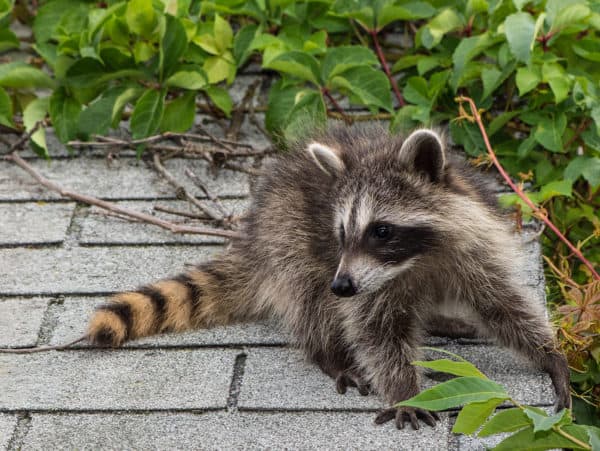
With warmer weather here, many animals are beginning to emerge from hibernation and are ready to roam. Unfortunately for many homeowners, that means you may need to start protecting your home from wildlife entering. Pests such as squirrels, mice, raccoons, and more are in search of food and water, two things that can be easily found in your home.
There are a few signs that you can look for if you suspect that you have wildlife inside your home. The first is hearing noises. Some animals tend to sneak in-between walls or find their way up into attics. You can hear them running in your attic or hear scratching noises inside your walls. If you hear these noises and happen to see small openings in walls, it is most likely that these animals are inside your house.
Another sign to look for is seeing droppings from animals. Places to look for these droppings include basements, along baseboards, or even in pantries. Animal droppings can be considered very dangerous as their feces can contaminate the air in your home. The contaminated air contains spores that develop from the fungus grown in animals’ fecal matter, causing illness if breathed in.
Keeping wildlife out of your home can be challenging but with these wildlife prevention tips you can lessen your chance of seeing these animals inside your home.
Depending on the pest, it’s always best to have a customized plan for removal. Make sure to call your local pest control company who can inspect and create a plan to remove and prevent these animals.